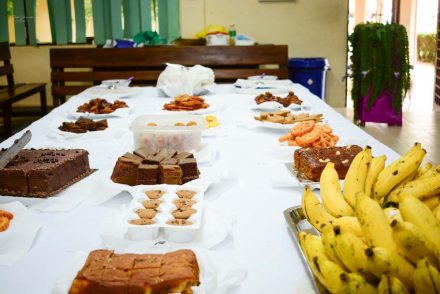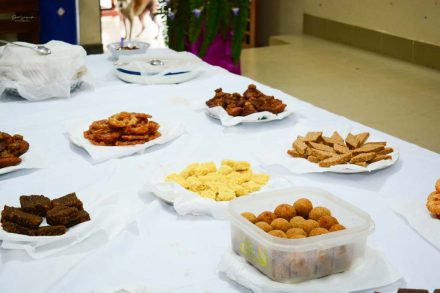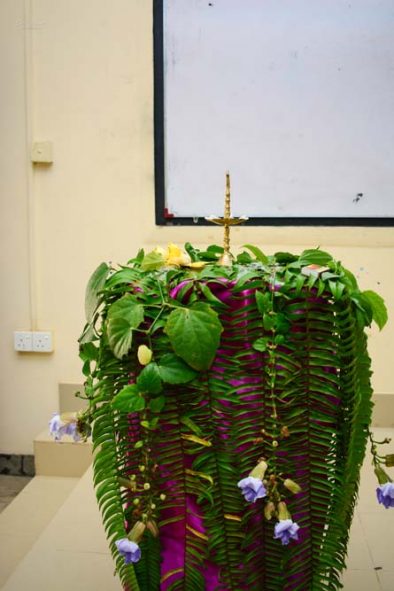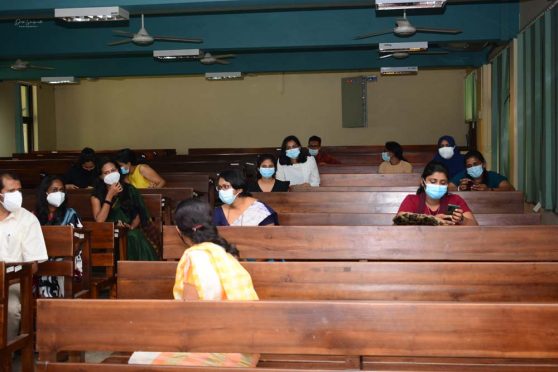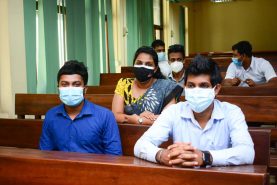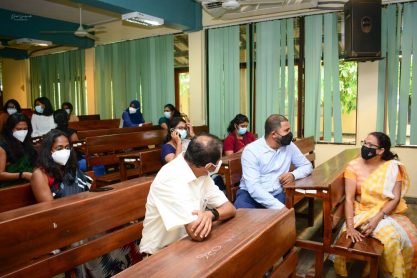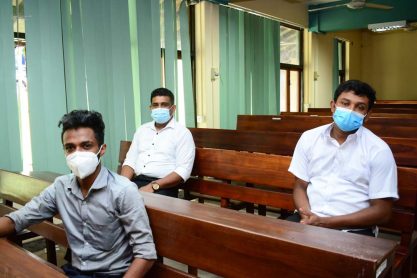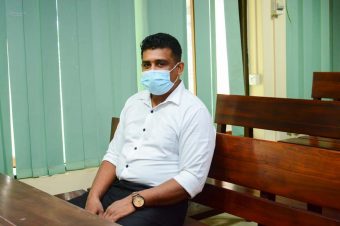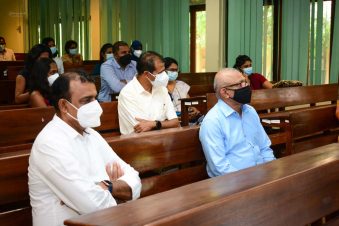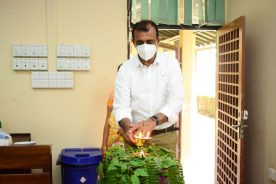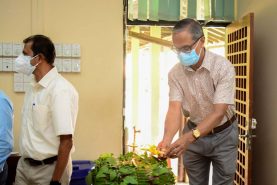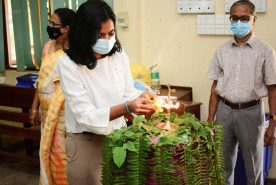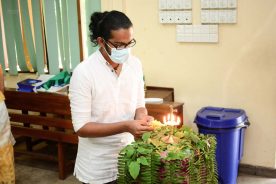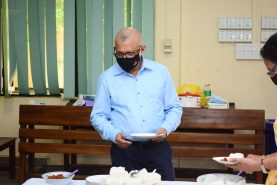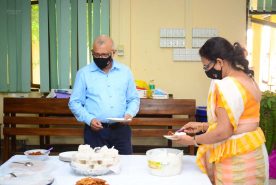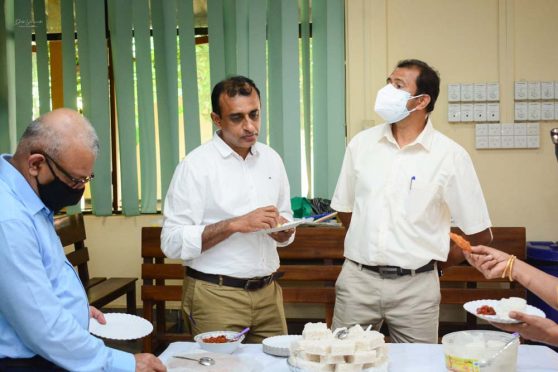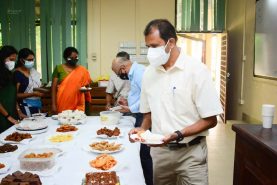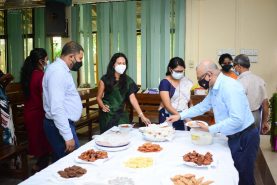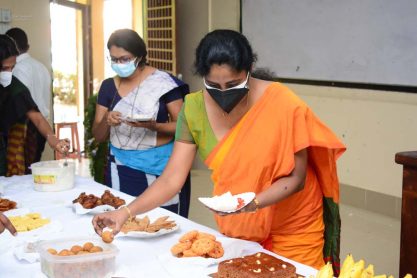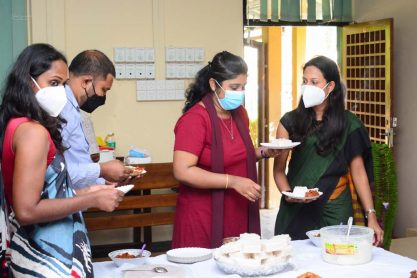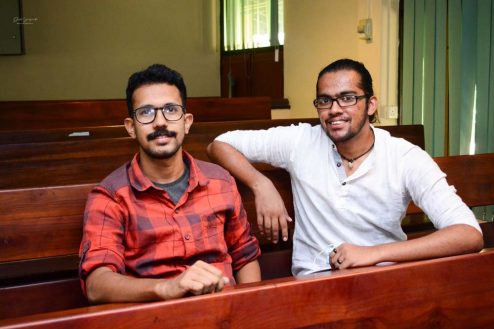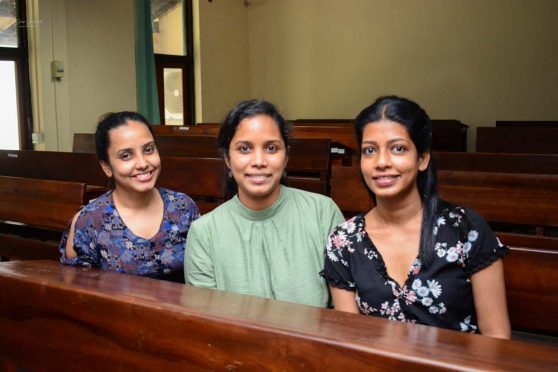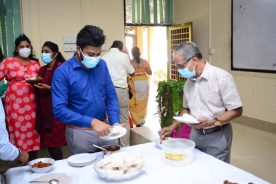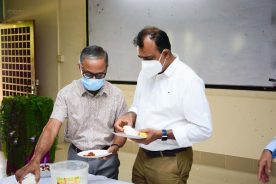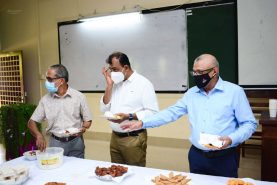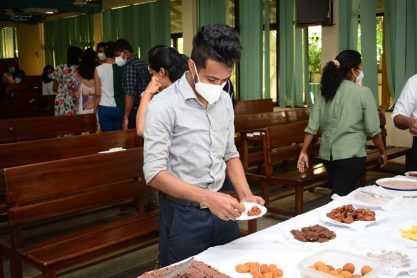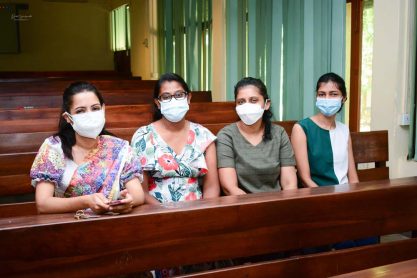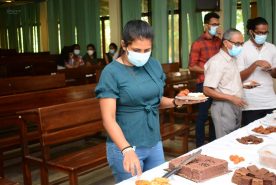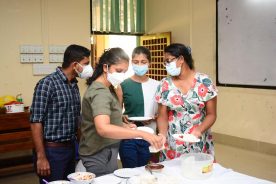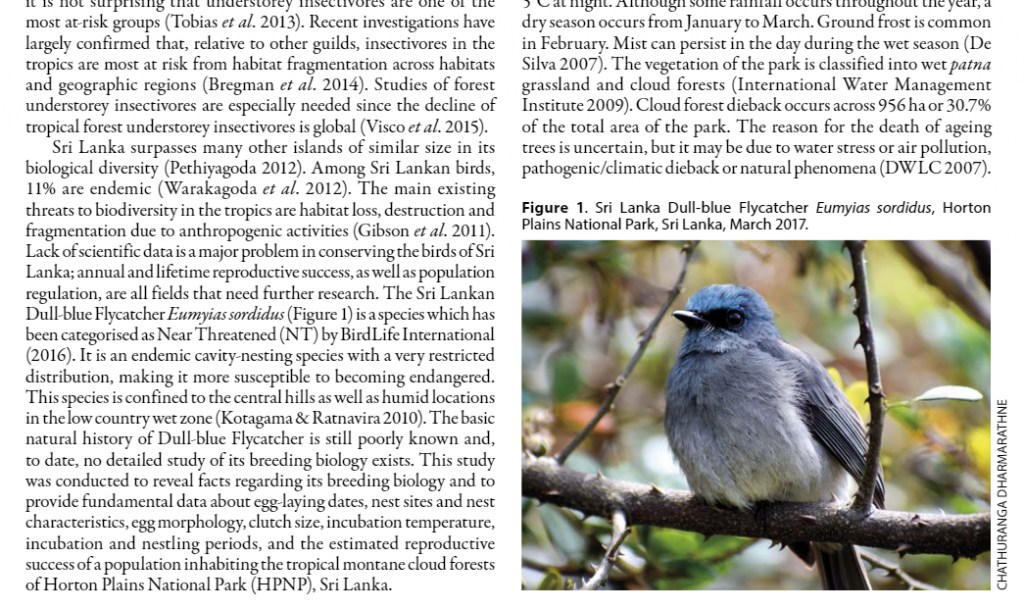 Authors: Chathuranga Dharmarathne and Dharshani Mahaulpatha
Authors: Chathuranga Dharmarathne and Dharshani Mahaulpatha
Journal: Forktail
he breeding biology of the endemic Dull-blue Flycatcher Eumyias sordidus was studied in the tropical montane cloud forests of Horton Plains National Park, Sri Lanka, from March 2016 to December 2018. Breeding ran from late March until June, and again from late August to October. Nestling diet was studied using a spotting scope, video camera and faecal sample analysis. A total of 68 nests were found and 32 breeding pairs were observed. The average incubation period was 20.1 ± 2.2 days and nestling period was 14 ± 3.1 days. During incubation, nest attentiveness was higher in the evening. Pairs were double-brooded and some pairs made re-nesting attempts after first nests failed. Coleoptera were their major food source, followed by Araneae and Hymenoptera. The overall nest success was 90.6% (29 out of 32 nests). Jungle Crow Corvus levaillantii was the main predator.
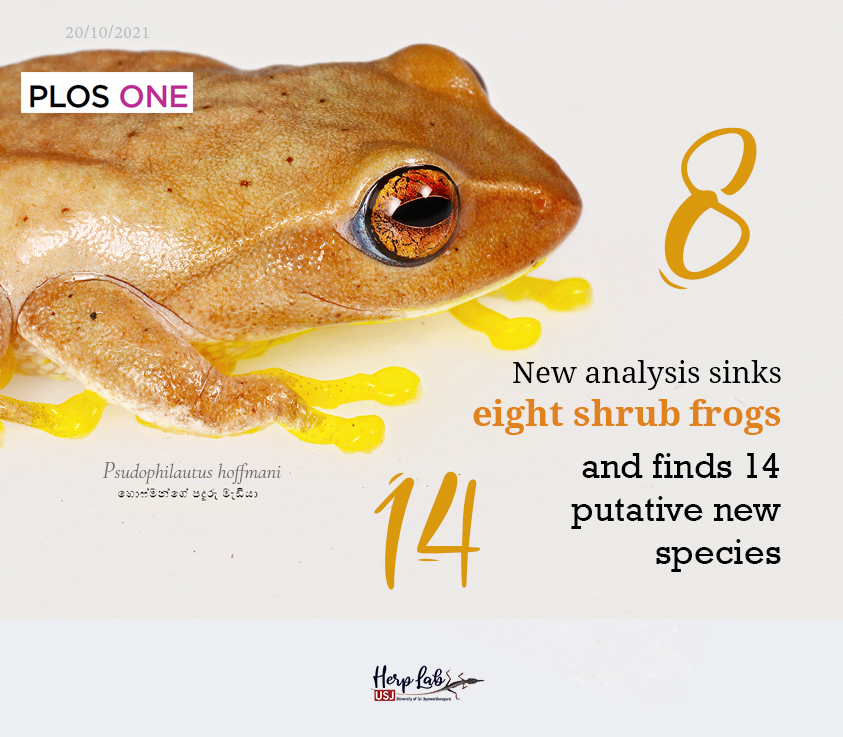
Authors: Gajaba Ellepola, Jayampathi Herath, Kelum Manamendra-Arachchi, Nayana Wijayathilaka, Gayani Senavirathne, Rohan Pethiyagoda and Madhava Meegaskumbura.
Journal: Plosone
Sri Lanka is an amphibian hotspot of global significance. Its anuran fauna is dominated by the shrub frogs of the genus Pseudophilautus. Except for one small clade of four species in Peninsular India, these cool-wet adapted frogs, numbering some 59 extant species, are distributed mainly across the montane and lowland rain forests of the island. With species described primarily by morphological means, the diversification has never yet been subjected to a molecular species delimitation analysis, a procedure now routinely applied in taxonomy. Here we test the species boundaries of Pseudophilautus in the context of the phylogenetic species concept (PSC). We use all the putative species for which credible molecular data are available (nDNA–Rag-1; mt-DNA– 12S rRNA, 16S rRNA) to build a well resolved phylogeny, which is subjected to species delimitation analyses. The ABGD, bPTP, mPTP and bGMYC species delimitation methods applied to the 16S rRNA frog barcoding gene (for all species), 12S rRNA and Rag-1 nDNA grouped P. procax and P. abundus; P. hallidayi and P. fergusonianus; P. reticulatus and P. pappilosus; P. pleurotaenia and P. hoipolloi; P. hoffmani and P. asankai; P. silvaticus and P. limbus; P. dilmah and P. hankeni; P. fulvus and P. silus.. Surprisingly, all analyses recovered 14 unidentified potential new species as well. The geophylogeny affirms a distribution across the island’s aseasonal ‘wet zone’ and its three principal hill ranges, suggestive of allopatric speciation playing a dominant role, especially between mountain masses. Among the species that are merged by the delimitation analyses, a pattern leading towards a model of parapatric speciation emerges ongoing speciation in the presence of gene flow. This delimitation analysis reinforces thespecies hypotheses, paving the way to a reasonable understanding of Sri Lankan Pseudophilautus, enabling both deeper analyses and conservation efforts of this remarkable diversification.
The schedule for the fifth webinar of ‘Alongshore’ webinar series organized by the Aquatic Students’ Association of the University of Sri Jayewardenepura is given below.
Date : 22.10.2021
Time : 5.00 pm – 6.00 pm
Title : Science and Governance for Realistic Management of Mangroves
Resource Person : Prof. Sevvandi Jayakody, Senior lecturer in Department of Aquaculture & Fisheries, Wayamba University of Sri Lanka.
Join Zoom Meeting
https://learn.zoom.us/j/64600483443?pwd=bC90MCtrTHRVRzZrVWE0YmtwcXJqdz09
Meeting ID: 646 0048 3443
Passcode: g@VNJ28f
It is with great pleasure, we are inviting you to join us.
Thank you very much.
Aquatic Students’ Association,
Department of Zoology,
University of Sri Jayewardenepura.



